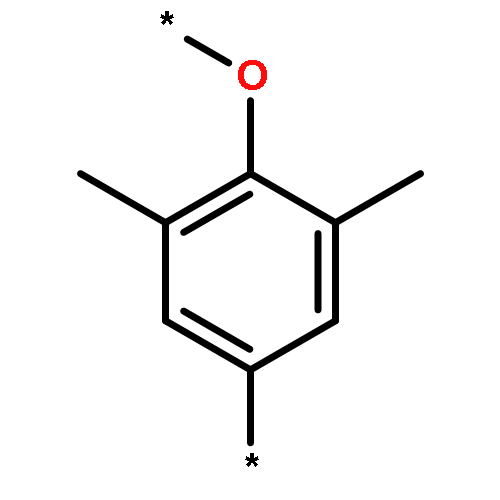BASIC PARAMETERS Find an error
 PCl-total(CuCl2)(6.1×10-6m/s)>PCl-total(FeCl2)(3.1×10-6m/s)>PCl-total(NiCl2)(2.6×10-6m/s)>PCl-total(AlCl3)(2.0×10-6m/s)>PCl-total(NaCl)(1.6×10-6m/s)>PCl-total(ZnCl2)(3.4×10-7m/s) This changing trend is then correlated with the metal–acid complexes formation as well as the physic-chemical properties of metal ions: Cu, Fe, Ni can promote the transport of chloride ions much more than Al and Na due to their positive or neutral complexes formation with Cl−, whereas, Zn shows apparent hindrance effect to DD at its high concentration because of the dissociation equilibrium of large amount of its negative complexes within the membrane. And compared with Al, Na shows less influence to HCl transport because of its lower valence. The complexes formations between metal ions with Cl− contribute much to DD effect, as reflected well by the P value. Our work here investigates and compares the permeability of Cl− ions in the systems with different metal salts through a simple and easy method. Therefore, the results and findings can provide clues for further DD developments and applications in metal industries.
PCl-total(CuCl2)(6.1×10-6m/s)>PCl-total(FeCl2)(3.1×10-6m/s)>PCl-total(NiCl2)(2.6×10-6m/s)>PCl-total(AlCl3)(2.0×10-6m/s)>PCl-total(NaCl)(1.6×10-6m/s)>PCl-total(ZnCl2)(3.4×10-7m/s) This changing trend is then correlated with the metal–acid complexes formation as well as the physic-chemical properties of metal ions: Cu, Fe, Ni can promote the transport of chloride ions much more than Al and Na due to their positive or neutral complexes formation with Cl−, whereas, Zn shows apparent hindrance effect to DD at its high concentration because of the dissociation equilibrium of large amount of its negative complexes within the membrane. And compared with Al, Na shows less influence to HCl transport because of its lower valence. The complexes formations between metal ions with Cl− contribute much to DD effect, as reflected well by the P value. Our work here investigates and compares the permeability of Cl− ions in the systems with different metal salts through a simple and easy method. Therefore, the results and findings can provide clues for further DD developments and applications in metal industries.

